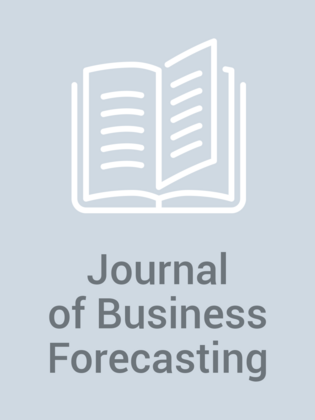Benchmarking Salary Of Forecasting Professionals
BENCHMARKING FORECASTING MODELS By Chaman L. Jain, St. John’s University M M odel plays a key role in forecasting. Each dataset has a pattern of its own. Each model captures a specific data pattern. For best results, it is important that we marry the right model with the right dataset. This raises a question how to select a model. To answer it, we need to know what kinds of models are available and which model is suitable and where. Also, we need to know some basics about models and modeling. Data also plays a part in forecasting. If data are wrong and dirty, so would be our forecasts. So it is equally important to know how to analyze and treat data, how many observations to use, and so on. There are three types of forecasting models: (1) Time Series, (2) Cause-and- Effect, and (3) Judgmental. TIME SERIES MODELS In Time Series modeling, we extrapolate past data using one method or another in search of the best statistical fi t. Each Time Series model assumes that the past pattern will continue into the future. One of the Time Series models is the percent-change method, which assumes that the average percentage increase/decrease in sales experienced in the past will continue into ...
From Issue:
Winter 2007
(Winter 2007-2008)









